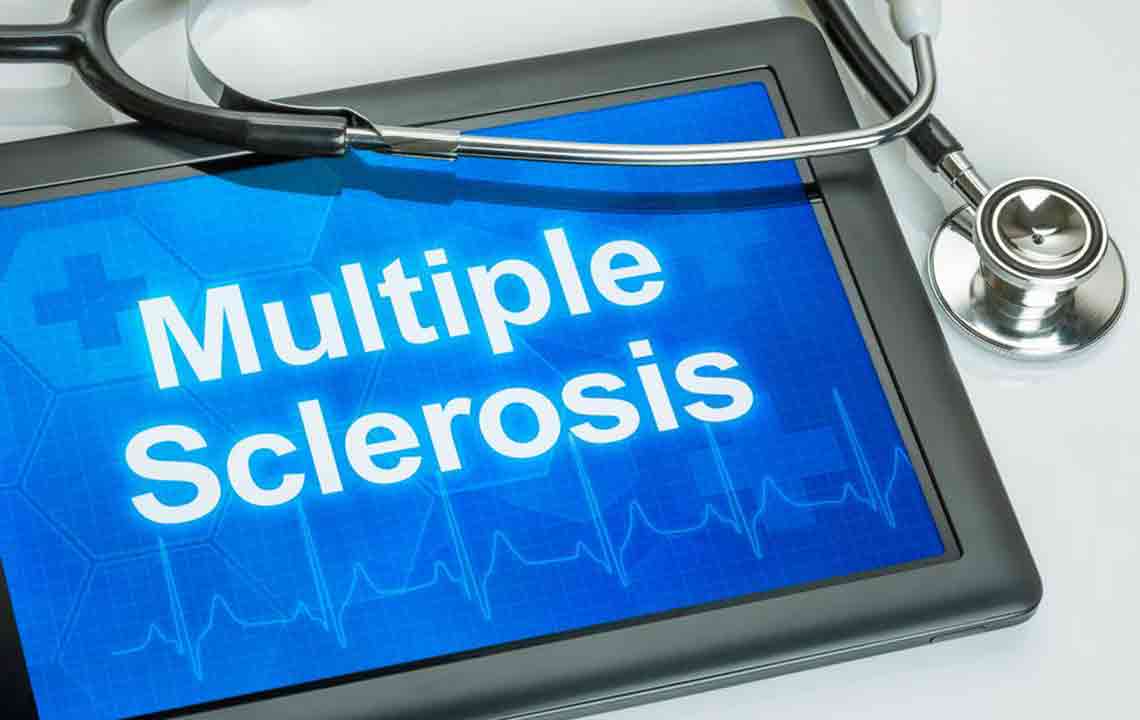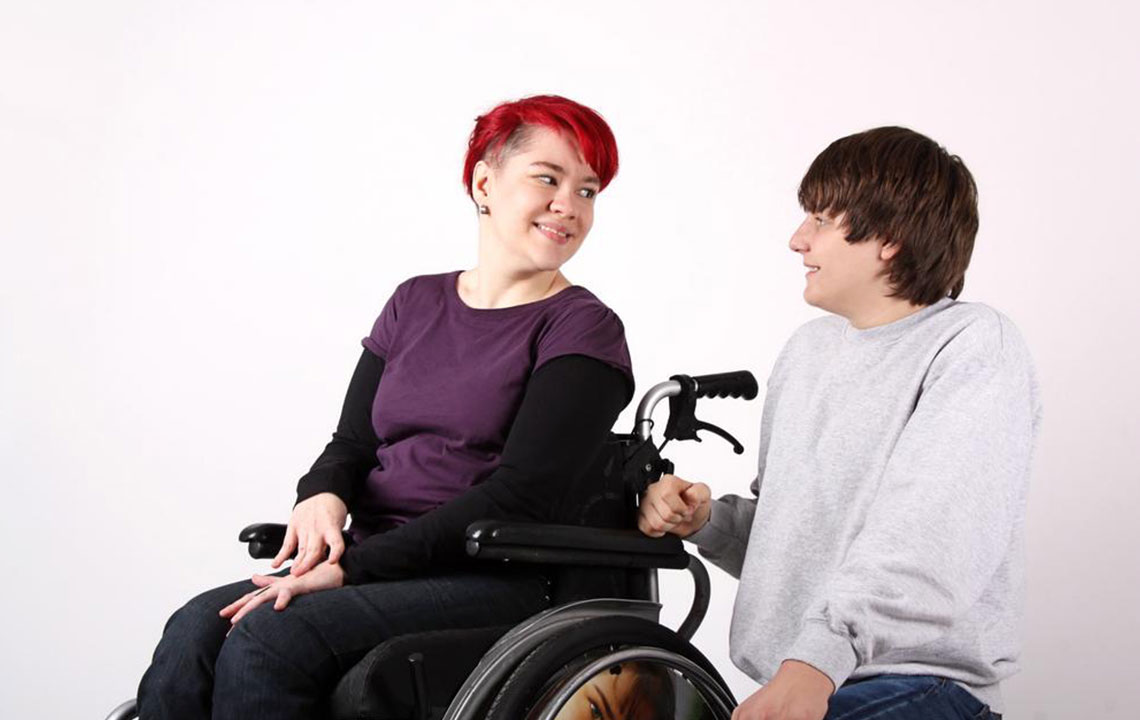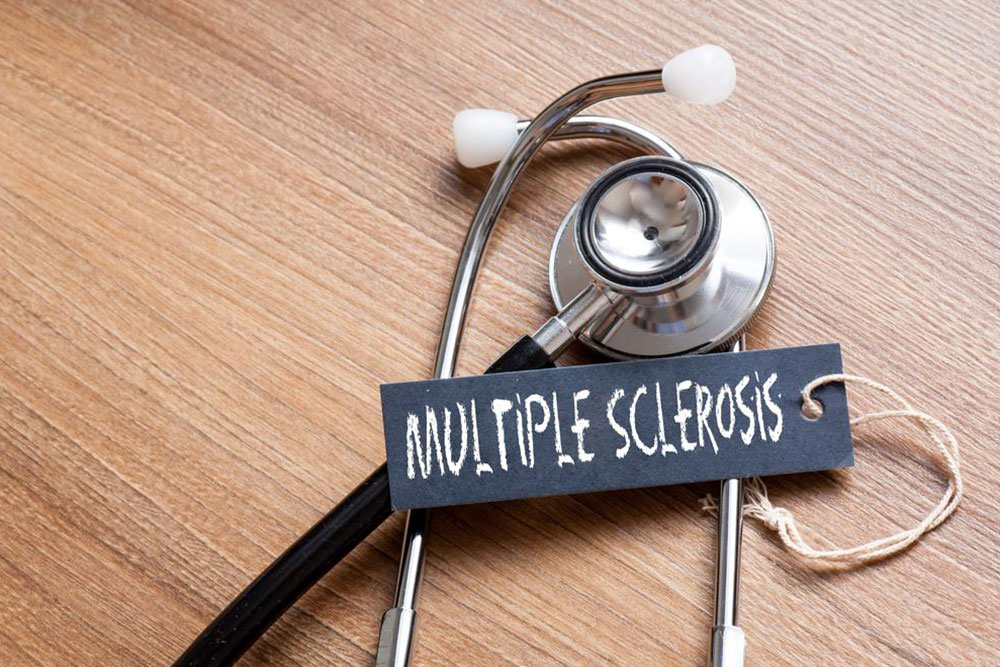Understanding Brain Lesions in Multiple Sclerosis: Key Information
This article offers essential insights into brain lesions in multiple sclerosis, covering causes, symptoms, diagnosis, and treatment options. It emphasizes the importance of early detection and medical supervision for managing the condition. Learn how immune attacks damage the nervous system, leading to lesions that impact daily life and can sometimes be managed or healed with proper care. Understanding these aspects helps patients and caregivers make informed decisions for health management and early intervention.

Understanding Brain Lesions in Multiple Sclerosis
Important facts about brain lesions in multiple sclerosis
Brain lesions associated with multiple sclerosis are areas of damage caused by immune system activity, resulting in abnormal tissue in the brain that impairs its function. The disease involves the immune system mistakenly attacking myelin, the protective sheath around nerves, leading to nervous system deterioration. These lesions develop over time in various parts of the brain, not all at once, and their severity determines if they pose life-threatening risks or not.
Referred to as scars or plaques, these lesions can appear in different brain regions, including the optic nerves, spinal cord, brain stem, or cerebellum.
What Causes Brain Lesions in Multiple Sclerosis?
The primary cause is immune-mediated attacks on the central nervous system damaging nerve tissues. In some cases, trauma can also contribute, along with factors like:
Stroke
Encephalitis
Epilepsy
Brain tumors
Autoimmune disorders
Cerebral palsy
Lesions may be traumatic, benign, malignant, genetic, vascular, or related to brain cell loss.
Impact on Daily Life
Brain lesions can impair bodily functions, with symptoms emerging over time, affecting cognition and mood. Recurrent lesions may alter personality traits. Women are more prone to develop this condition, and it is not contagious—no need for social distancing. Severe cases may lead to disabilities, emphasizing the importance of medical attention.
Diagnosis Methods
MRI and CT scans are key for identifying lesion location, size, and nature. Gadolinium contrast enhances detection. Confirmatory diagnosis requires evidence of lesions in at least two CNS areas, documented at different times, with other conditions ruled out. Symptoms include headaches, vision problems, weakness, speech issues, confusion, and aggression, warranting prompt medical consultation.
Further testing refines diagnosis and guides treatment.
Treatment Options
Management depends on the cause but includes lifestyle modifications like avoiding smoking, controlling blood pressure, and shielding from excessive sun exposure. Surgical removal or chemotherapy may be necessary if lesions are cancerous. Medications, including antibiotics or antimicrobials, are prescribed based on the lesion's characteristics. Various therapies are available depending on severity and location.
Can Brain Lesions Be Fully Cured?
Complete cure is uncertain; some lesions may heal or recur. Brain tissue damage can be irreversible, making prevention and early intervention vital. Maintaining a healthy lifestyle and seeking medical advice at first symptoms can improve outcomes. Diagnosis and treatment can be complex, requiring expert medical supervision. Early care and proper treatment are essential for managing brain lesions effectively.










